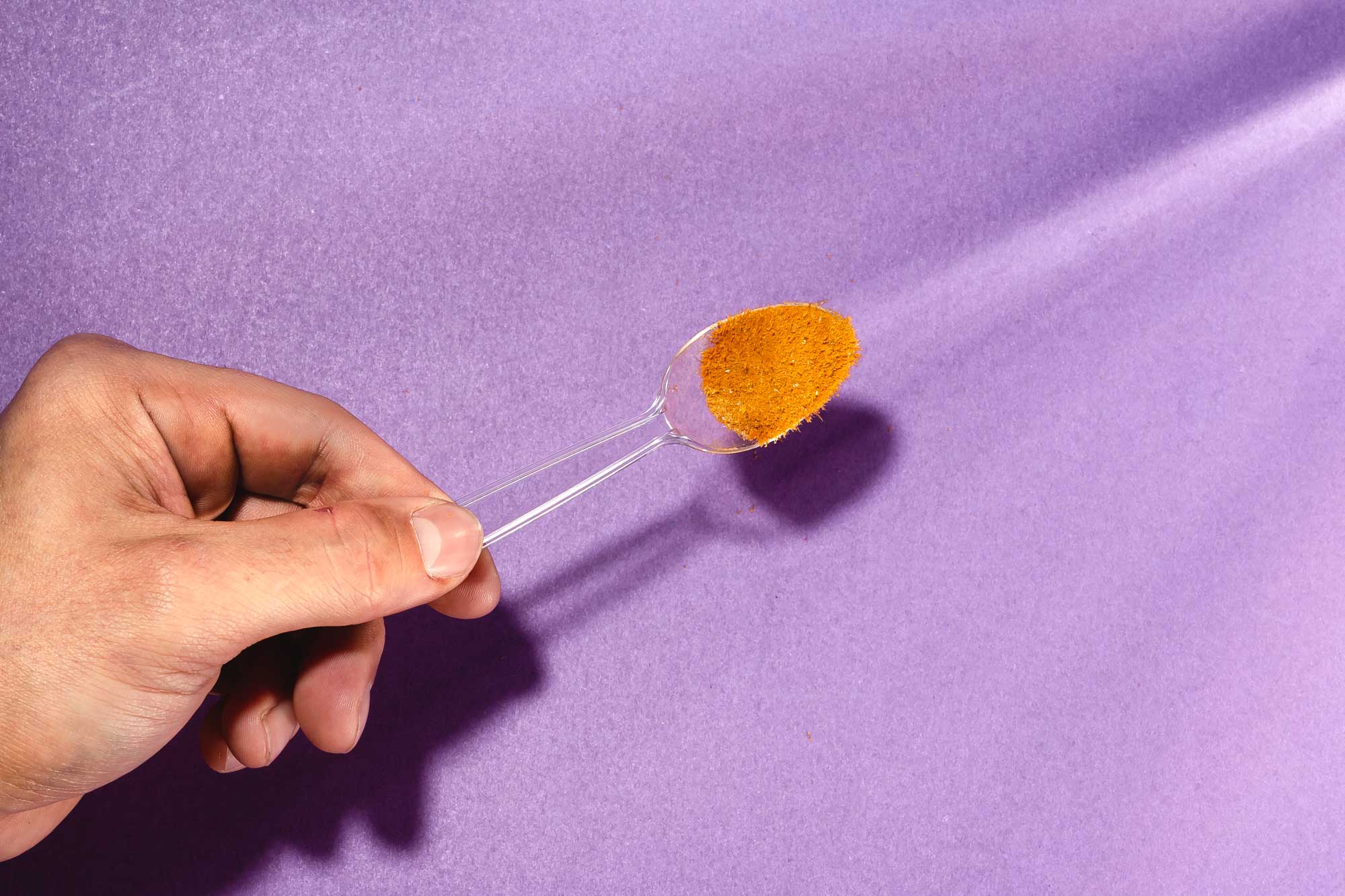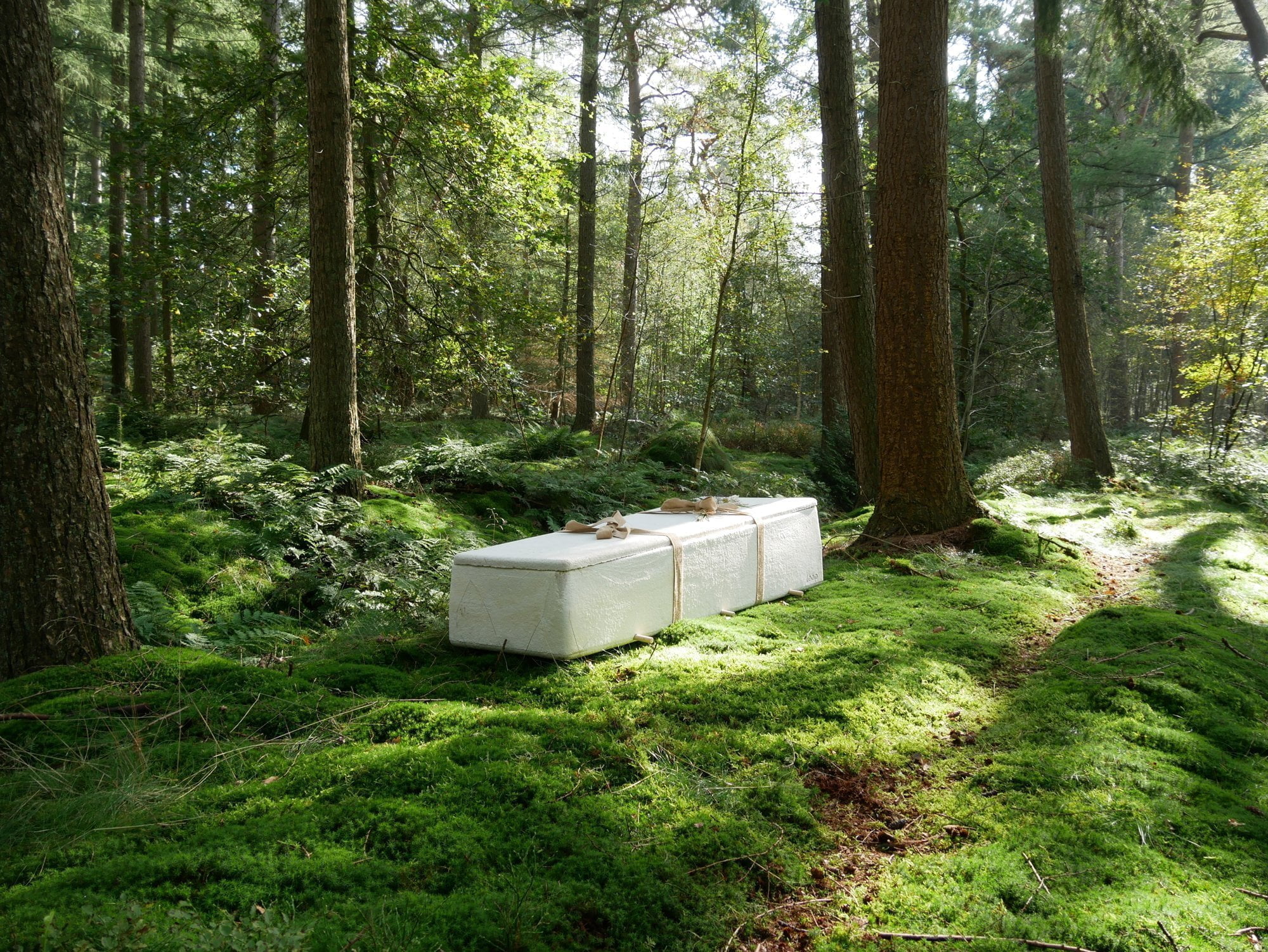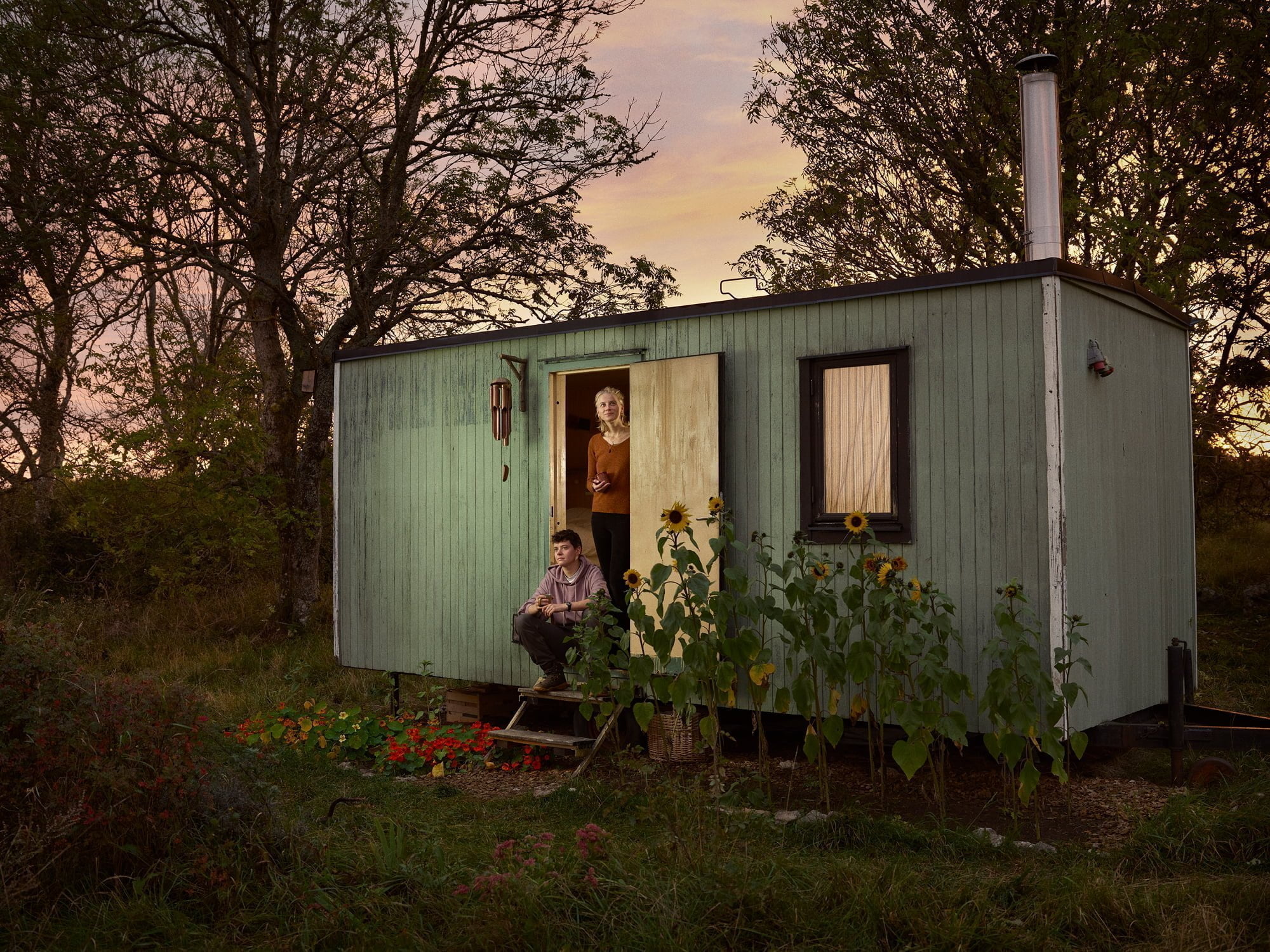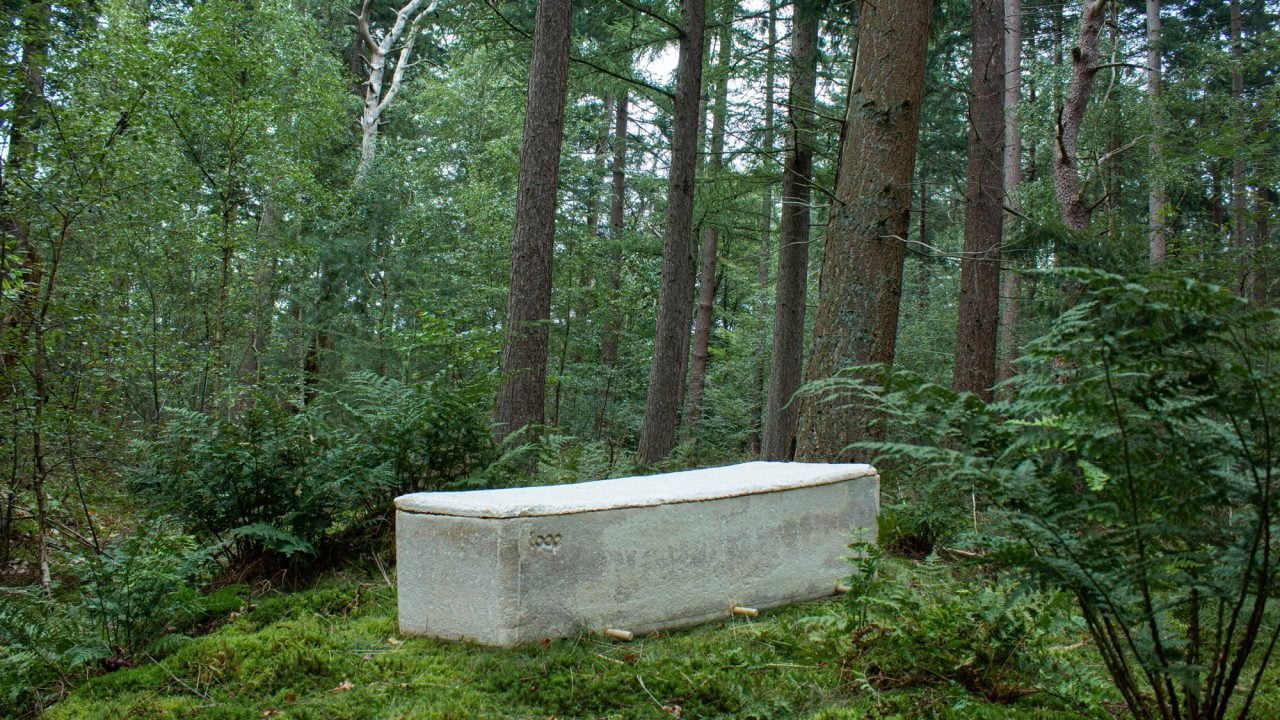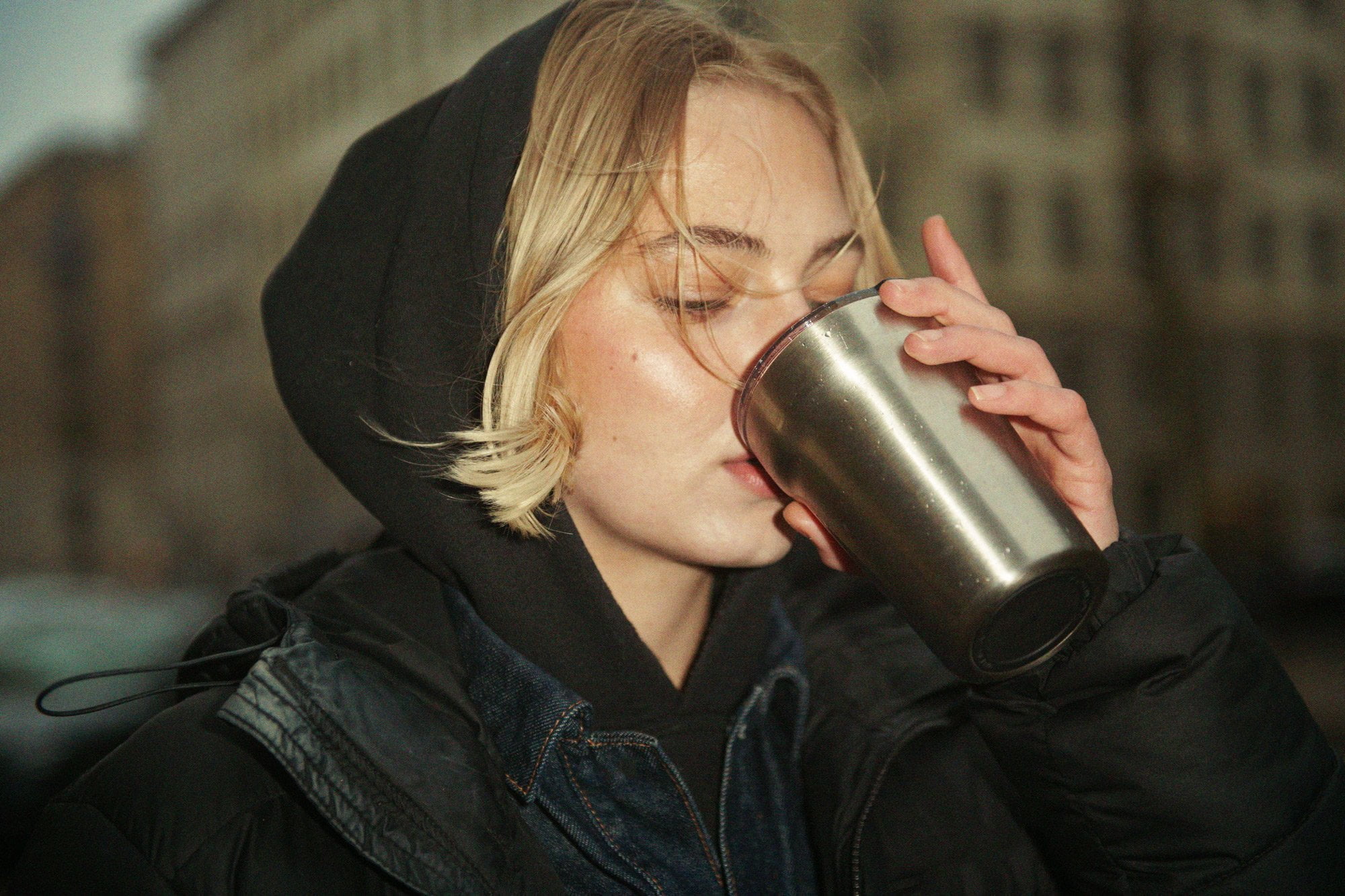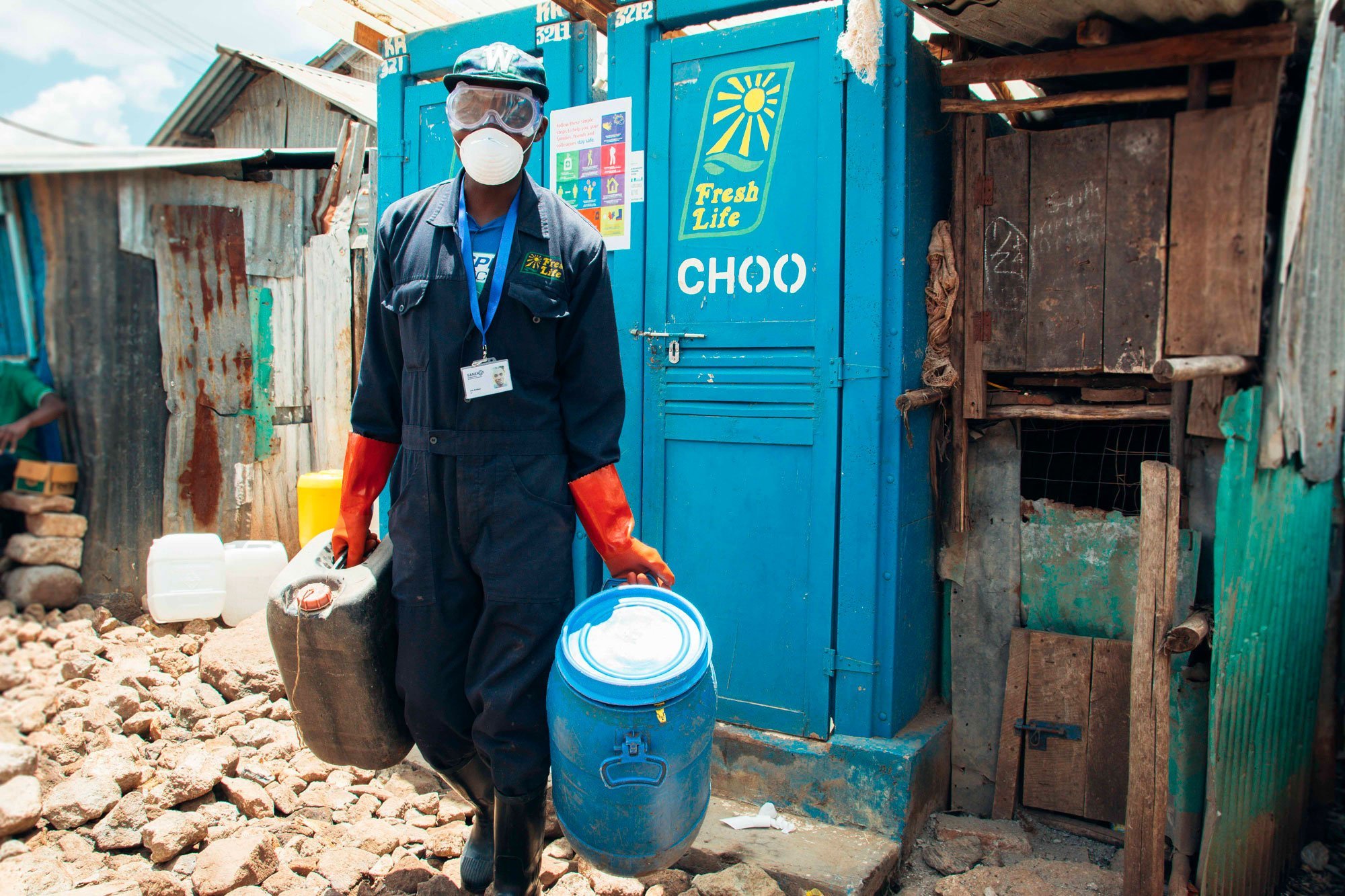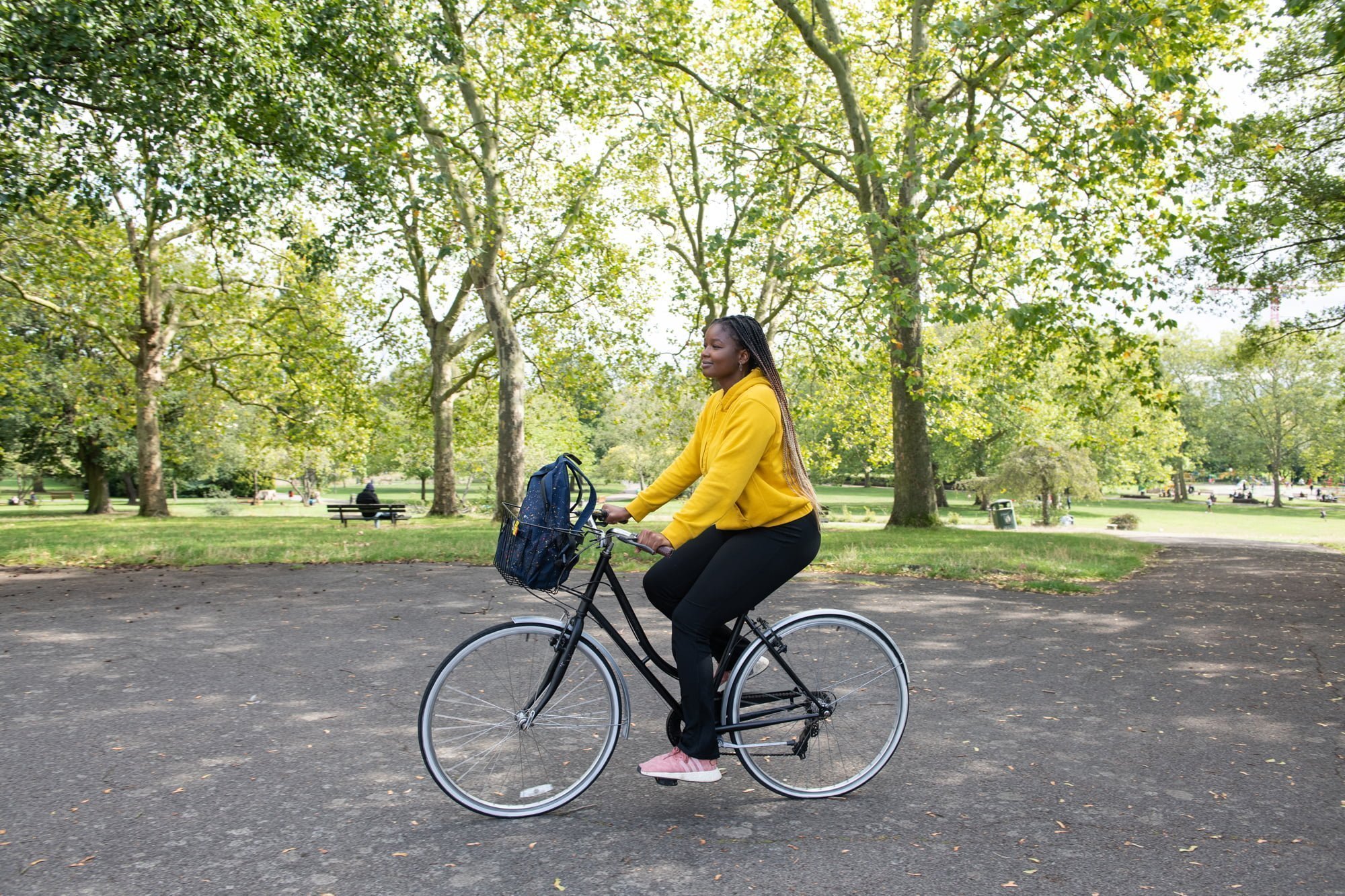Although it might not be the first thing on our minds when we lose someone, the way we dispose of our bodies has a big impact on the Earth. That’s why more of us are choosing a sustainable afterlife – and loved ones are discovering the unexpected beauty of eco-friendly burials.
When we talk about life after death, we’re usually thinking either about religion – where the soul goes next, or legacy – the mark we make on the world. But to the sustainability-minded, there’s now another way you can live on: by making sure that the body you leave behind, supports and nourishes other life after you’re gone.
Let’s face it, environmental concerns are not usually the number one concern when bidding farewell to a loved one. But there’s no getting around the fact that the way we dispose of our bodies has a big impact. Cremating a body uses the fuel of three car petrol tanks. Burials use thousands of tons of metal, exotic wood and concrete every year.
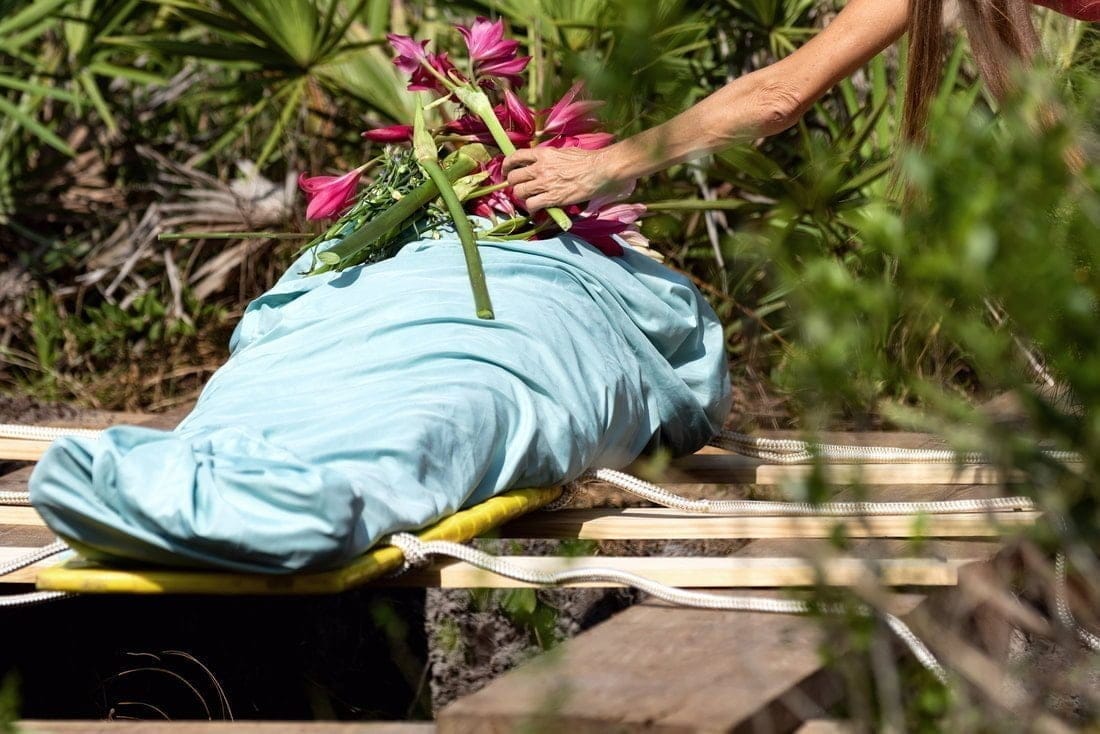
A shrouded body at a natural burial preserve in Nashville, Tennessee. Photo: Green Burial Council
More eco-friendly options exist, and recent research by Ipsos Mori in the UK suggests that concern about the climate is leading a growing number of us to consider them. In the US, the nonprofit Green Burial Council says that eco-friendly burial methods represent “the closing of the circle between birth and death by being buried without any encumbrances or impediments”. Rather than being a new trend, it’s a return to simpler burial practices, the organisation says, which in modern times have been “interrupted”. “Up until a hundred years ago, everyone was buried this way.”
Your last chance to give something back
There are many eco-friendly burial methods, which often involve turning the body into compost which can then fertilise your favourite rose garden or forest – an eternal pleasant day out. If you’ve tried to live a sustainable life, disposing of your body like this is a chance to embark on a green afterlife. Or, if you’ve spent a lifetime taking from nature, it’s perhaps comforting to know that you could, in the end, still give something back.
“Henry Ford wanted to put everyone on wheels. We want to turn everyone into compost”
Bob Hendrikx, Loop
Eco-burial sites are more numerous than you might imagine: there are 350 in the US and 220 in the UK (still only 1.2% of the market, but double what it was three years ago). Such locations host different burial options, from placing the body in a simple burlap sack, to biodegradable cedar caskets.
So what’s it like? US journalist Janet Siroto wrote about attending the eco-funeral of a close friend, whose body was lowered into a grave in a forest, with no coffin. Siroto described the “emotional wallop” of that first glimpse of her friend’s shrouded body on a plain wooden board. But she also wrote of the “raw beauty” of the whole experience (which the deceased’s daughter said was exactly what her mother wanted).
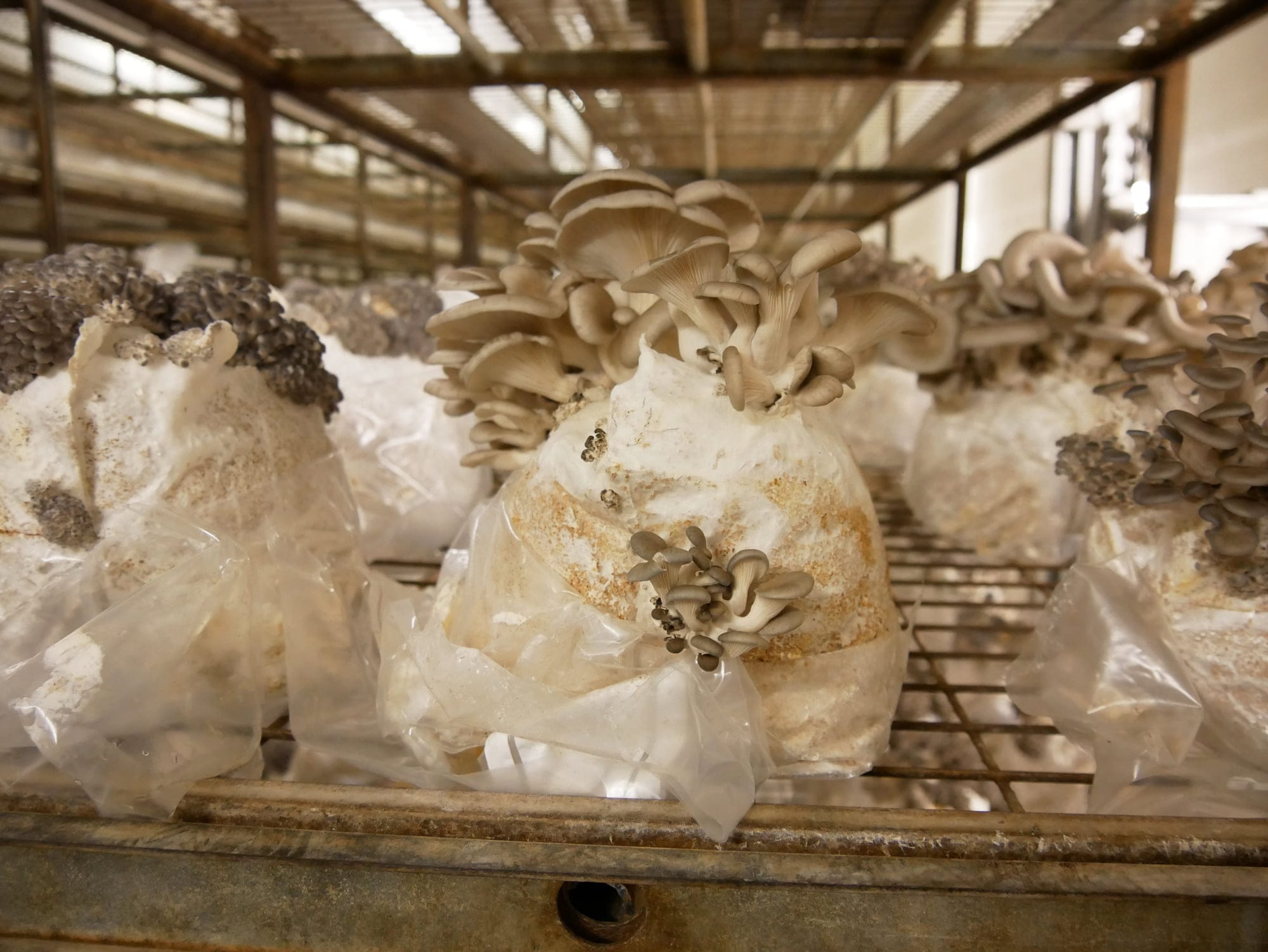
For eco-friendly burials, fungus is our friend
Even though it’s perfectly possible to do without a coffin, that’s probably still a step too far for most of us. But what if the coffin could reduce the impact of burying the body, instead of adding to it?
Close The Loop (or just Loop, for short), based in the Dutch city of Delft, makes “the world’s first living coffin”, from a fungal organism called mycelium. It has just been nominated for Prince William’s annual Earthshot Prize for green innovations.
Standing in the company’s production facility, which was once a Ford car factory, founder Bob Hendrikx says: “Henry Ford wanted to put everyone on wheels. We want to turn everyone into compost.”
“Instead of wasting the resource that your body represents, put your bag of compost to good use”
Bob Hendrikx, Loop
Mycelium, which 27-year-old Hendrikx describes as a “magical” material, helps bodies break down in a way that is kind to the soil. When a deer dies or a tree falls in the forest, this fungus attaches itself and recycles it into nutrients which then enable the rest of the forest to thrive. “The mycelium alerts other organisms in the forest to the opportunity the body presents to biodiversity,” says Hendrikx. It’s like a team captain rallying the players into formation. The mycelium itself focuses on cleaning up metals in our bodies like lead, so they don’t end up in our drinking water. This is the most sustainable way to clean soil, unlike some still commonly used today like soil burning.”
Loop grows mycelium at its factory, then mixes it with wood chips in large plastic bags, kept cool in a pitch dark container. It looks and feels like leftover porridge. After a couple of weeks’ growth, these “fungal wires” are moved to a warm, humid container, also in darkness, where the mycelium seems to grow like a vine. The mushy material is then poured into the coffin moulds, and finally dried in a way that renders the organism inactive, but far from dead. Only when it is placed in soil will it react with nutrients there, and become active again.
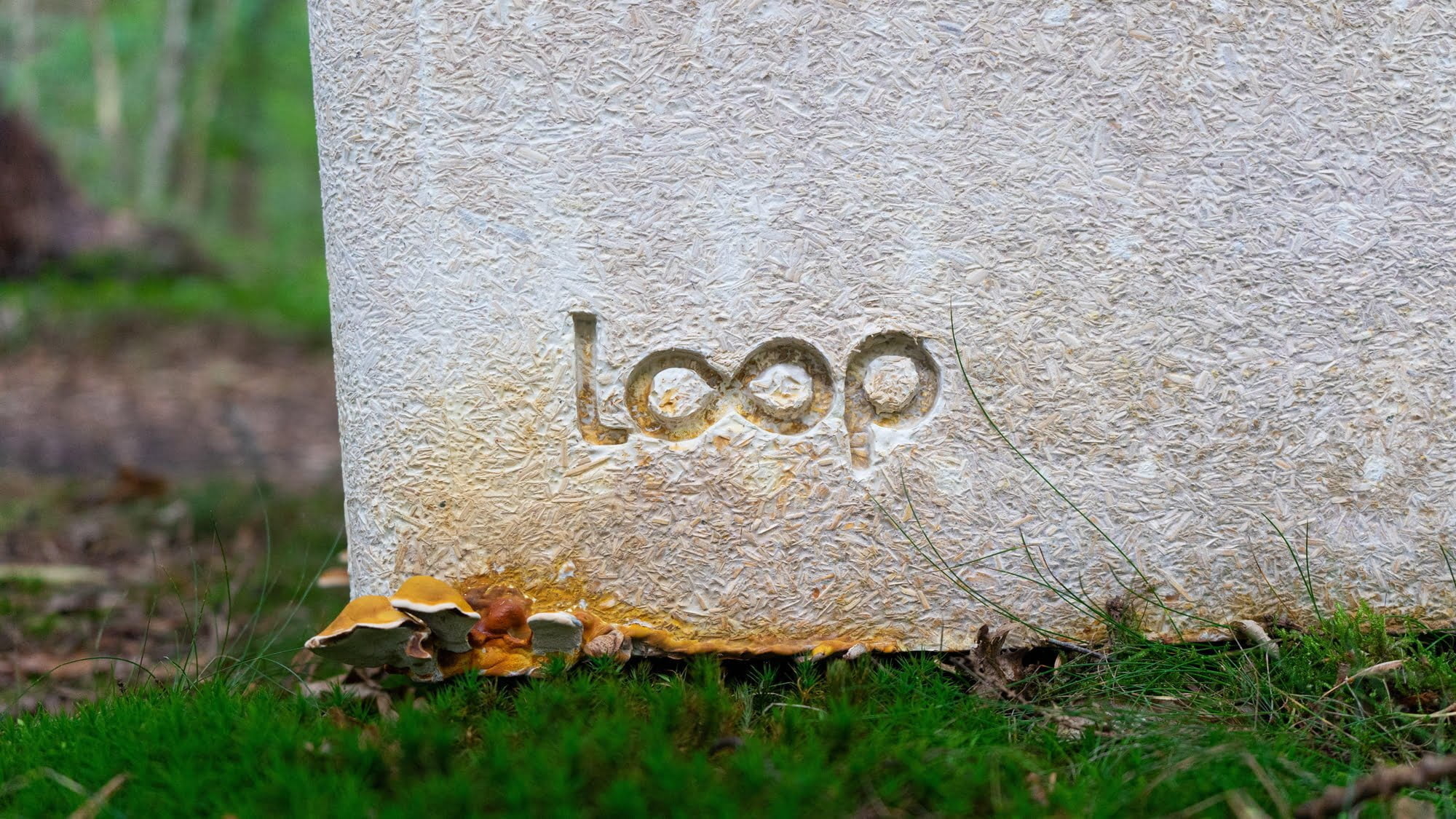
Loop’s coffins are made from living material that is dormant, but becomes active on contact with soil. Photo: Loop
Returned to the soil in two years
On Loop’s factory floor, the dozen or so coffin models available are on display. In size and shape they are regular, but the similarity with the traditional coffin ends there. One has a marbled appearance and is unexpectedly soft to the touch, like a fine suede. Others are rougher, and look like latticed fibreglass (the variations come from differences in humidity when the mycelium is grown). The whole thing only weighs 25kg and is strong enough to hold 200kg.
It takes 45 days for this coffin to break down in the ground, during which time it works as a catalyst to decompose the body inside, so that the process takes just two to three years instead of the usual 10-20. Hendrikx believes Loop’s coffins can help clean up the “toxic dumps” that cemeteries have become. “Mycelium has been used to clean up oil spill disasters, it was even used to clean up after the Chernobyl disaster. What we want to do is clean up polluted pieces of land… and return it to fertility. Then plant a tree on it.”
“If we can change the way we live, we can change the way we die”
Bob Hendrikx, Loop
Inside the coffin, Loop adds a layer of damp moss, partly for how it looks, and partly because it contains bacteria that help the body to decompose faster. Seeing a coffin lined with what looks like a chewed up football pitch instead of the usual padded silk, is a strange surprise, and a reminder of the cultural shift required to see moss and mycelium as ‘normal’.
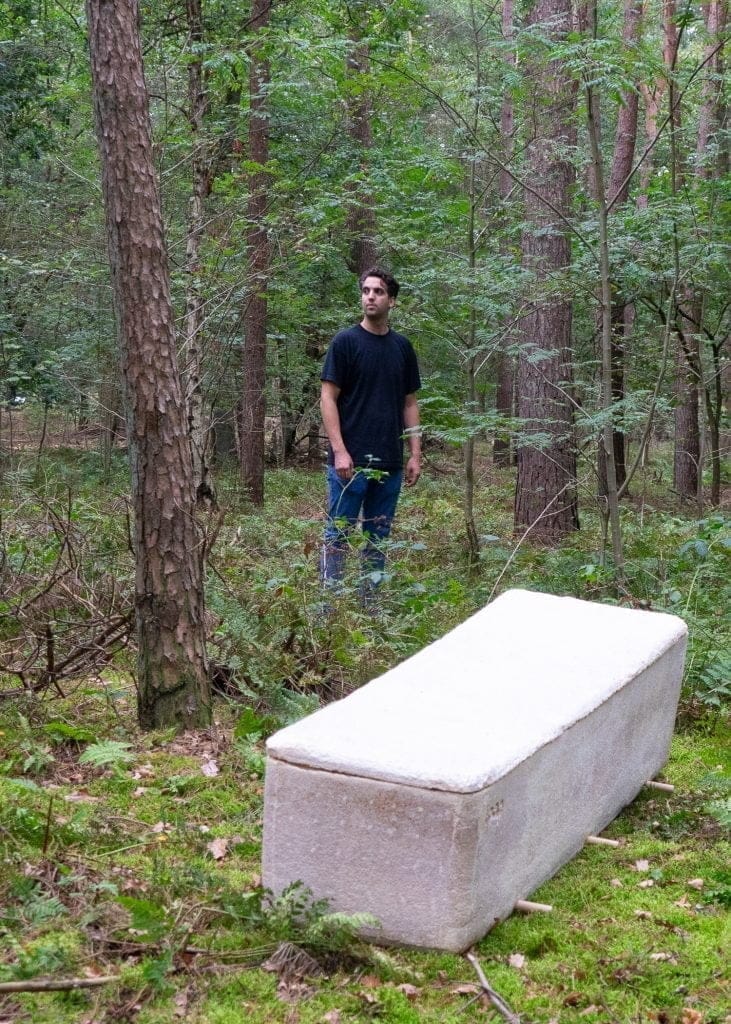
Bob Hendrikx wants more eco-friendly burials that nourish the ground instead of polluting it. Photo: Loop
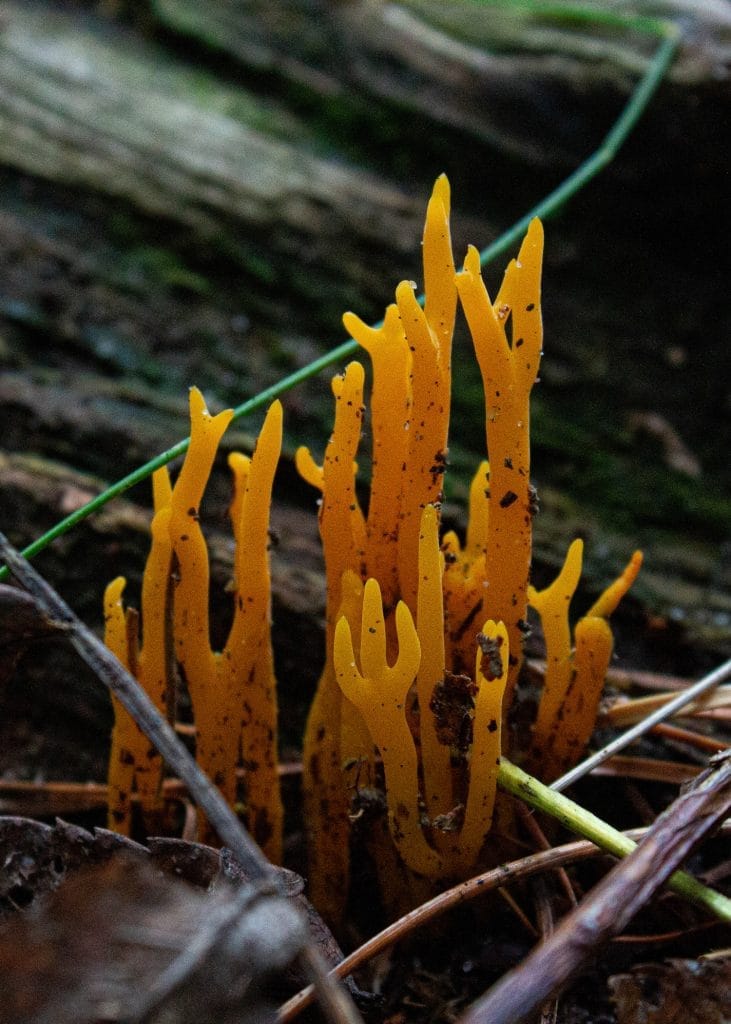
“Magical” mycelium. Photo: Loop
Loop’s pitch is that they’re selling not just a coffin but a rich life after death. “We’re focused on raising awareness and the impact on climate change of traditional funeral methods. You can be purposeful with your body. Instead of wasting this rich resource, you can put your bag of compost to good use.”
Some cemeteries are noticing the shift in attitudes, and turning themselves into more natural burial places, using land as a park fed by human compost, rather than lines of graves and headstones.
Hendrikx is used to a lot of people showing interest in Loop’s coffins, and relatively few going through with it. “Almost everyone says they think the concept is beautiful, but then pull back and say they don’t like the look of it, or that it’s too expensive,” he says. (Right now, the coffins are handmade and cost around €1500 – he expects the price to fall as the business scales up). “It’s experienced by customers at a time of such personal stress and emotion that most are not in the mood for innovation. We come along in that difficult moment and say, hey, we have something new for you!”
But the growing number who embrace it, are showing that, “if we can change the way we live, we can also change the way we die”.
This article was updated on 30 March 2022 to add a mention of Loop’s nomination for the Earthshot Prize.
Find out more
Discover more about Loop’s mycelium coffins.
Visit the siteDiscover more about eco burials from the Green Burial Council.
Visit the siteGREAT IDEAS
